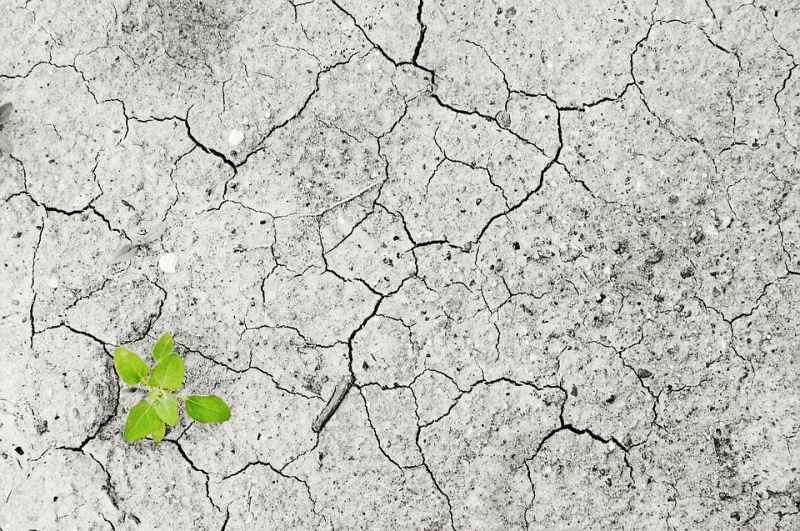Cilmatologists Render Skillful Predictions of Drought and Food Insecurity
Published on by Water Network Research, Official research team of The Water Network in Academic
Climatologists at UC Santa Barbara’s Climate Hazards Group (CHG) have been studying the relationships between droughts and exceptionally warm sea surface temperatures in the eastern and western Pacific Ocean.

Drought and food, Representative image, Source: Pixabay
Working with the Famine Early Warning Systems Network (FEWS NET) as well as scientists from the Center for Earth Resources Observation and Science and the National Oceanic and Atmospheric Administration, the multidisciplinary team has been able to deliver skillful predictions of both drought and famine that have helped reduce the effects of food insecurity. Their latest findings appear in the Quarterly Journal of the Royal Meteorologic Society.
“This work has been very personal because I was doing the same job in 2011, when more than 258,000 Somalis died during a very similar set of consecutive droughts,” explained CHG research director Chris Funk, who also is a scientist with the U.S. Geological Survey’s Early Warning and Environmental Monitoring Program. “Since 2011, we’ve been working hard to better understand the factors leading up to those droughts so that we could provide more effective early warning next time.”
And that they did.
In June 2015, the team predicted that southern Africa would experience a drier-than-usual rainy season that would impact both crops and livestock in the area. Monitoring of the early season rainfall performance indicated that rainfall was late in arriving and insufficient when it finally came. Compounding this, limited governmental support and poor seed distribution diminished the opportunity to make the most of limited rainfall.
As predicted, by January 2016 the area was experiencing severe drought and the driest rainy season in 35 years. However, successful preparations helped prevent a far worse crisis. Even as southern Africa struggled to cope with a terrible growing season and devastated water supplies, another series of droughts loomed on the horizon.
“Our analysis suggests that strong El Niños may be followed by warm western Pacific sea surface temperature conditions, which can lead to conditions conducive for successive and potentially predictable east African droughts,” Funk said. “Our research identifies regions of exceptionally warm sea surface temperatures that have been used to predict many recent droughts.”
Then, in fall 2016, CHG climatologists again predicted a potentially devastating drought in the eastern horn of Africa, which would continue into the spring of 2017, resulting in yet another terrible sequence of back-to-back failed growing seasons across eastern Ethiopia and southern Somalia. In fact, that unprecedented lack of rainfall spread across a much larger region than in 2011.
Thanks to the team’s early warning and the successful partnerships of many organizations, an extensive and effective multi-agency response began in early 2017. And despite the 2016-17 drought’s severity, few deaths were attributed to it.
“Sea surface temperatures create opportunities for prediction because a really warm ocean often triggers changes in atmospheric circulation that produce droughts in some places and more rainfall in others,” Funk explained. “If we pay attention and watch where those exceptionally warm sea surface temperatures are, we then can produce better drought forecasts that help prevent food insecurity in Africa.”
FEWS NET’s early warning system demonstrates the immense potential of bringing researchers from disparate fields together to solve a common problem. The close partnership among scientists, food security analysts and decision-makers produces new science with the power to save lives.
Read full article: UC Santa Barbara
Media
Taxonomy
- Agriculture
- Drought
- Climate Change
- Climate Change Adaptation
- Climate Change Resilience
- Consumption
- Agriculture
- Agriculture
- Climate